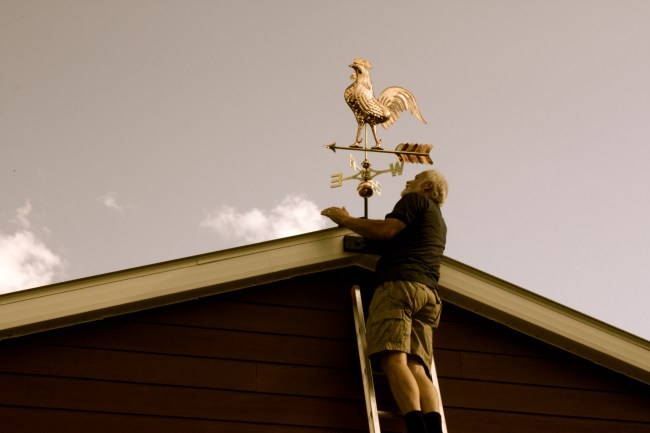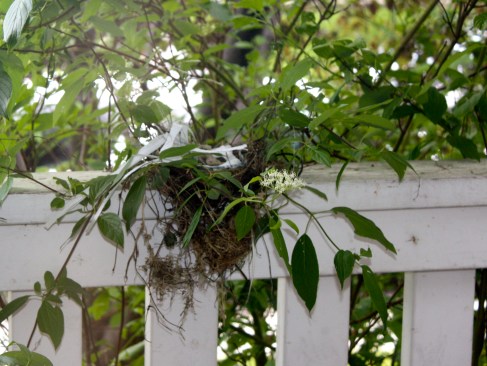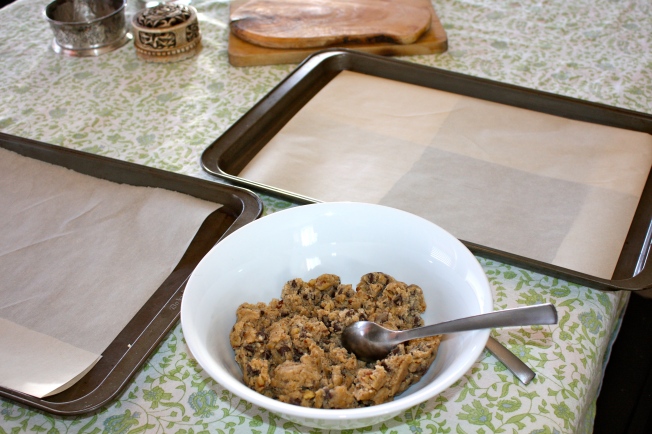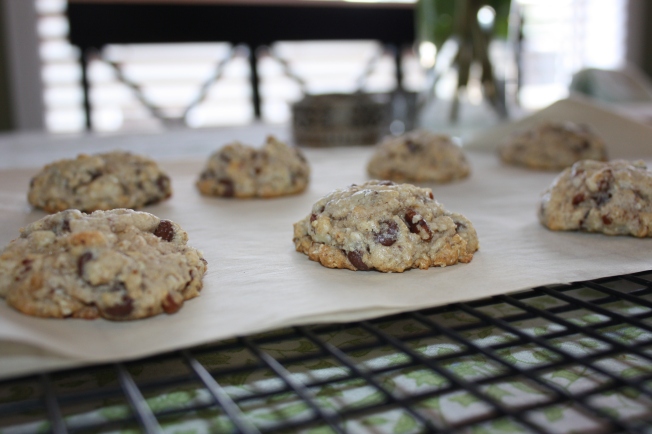Well, I did five and a half months ago.
June 27th, my sister-in-law and I drove up our driveway in two separate cars. One with two great danes inside, pulling a trailer, and a smaller one packed to the hilt with boxes and bags. My husband had undergone hip surgery just a few weeks prior to the move, so he was left at home to catch a flight later in the month. We left Calgary just two days after the most devastating flood on record for that city. Zoo animals had been discovered in their pens with water up to their shoulders, and had to be moved to the city jail, on the bottom floor of the courthouse. I can’t even imagine how they got them there. Trucked, I assume, but every time I think about it, my mind pictures giraffe and hippopotamus together on a leash walking into the heart of the city to their new digs.
The city was devastated. Roads closed. People lost their homes. Some, who lived along the river, lost half their property as well. So tragic. Thankfully we lived up on a hill in the south of the city and our home was intact. We had loaded all of our belongings into a shipping container, that was to be picked up in a few days and trucked across the country to the farm, where it would sit until our house was built. We packed up the two cars, and said goodbye to my husband, and drove for six days.
Now here, relieved, tired and happy, we set up the trailer – a 35 foot travel trailer that would be my home for the next five months.
Hubby came out for 4 weeks, and worked non stop, sometimes with his crutches and sometimes from a ladder without them, and amazed us all with his tireless work and good humour. 
Almost immediately, I started picking up our animals. We started with Turkeys, Guineas and Chickens, and installed them in barn pens. One turkey hen got a cut on her back during transit and had to be separated from the others for a few days. Turkeys are very flock oriented so this was likely way harder on her psychologically than it would have been to keep her with her friends, but it was imperative for her survival. Turkeys will stand on the backs of weaker, sicker, smaller birds until they are dead, so I couldn’t risk leaving her in there overnight. She was separated out, with her wound cleaned with warm water and treated with a little tea tree oil ointment and kept with her own food and water for a few days. We kept her small pen close enough to the other birds so that she could hear them. I thought this would make her feel less lonely but I don’t really know if it helped or hurt, since every time they called, she got anxious and fidgety.
The guineas are amazing birds. Louder than I expected them to be, they sound the alarm when anything out of the ordinary happens. And when you are a flock of guineas and you move to a new farm before you are 8 weeks old, everything is out of the ordinary. Five and a half months later, moving in or out of the barn to free range around the farm is event enough to start them off, and this happens daily. Twice. There hasn’t been much physical change in the guineas since they first came here, except that they are bigger. The turkeys, however, changed drastically! They went from extra tall looking chicks, to huge beasts that regularly tried to swallow the others head. Four out of our seven turkeys turned out to be male, and the fights were endless. After 20 weeks, and not quite the weight gain we had anticipated, it was no kindness to keep these turkeys around any longer. They each looked like prize-fighters every morning. These were Eastern Wild Turkeys, and while domestic turkeys are fairly docile and even friendly if raised from chicks, these maintained their flighty suspicion of people, whether they brought food or not. It became increasingly harder to go into their night-time pen to check water or food. All that had to be done prior to letting them in at dusk. The toms were becoming mean and increasingly aggressive. It was time.
My husband had left to go back to Calgary, as he still had commitments at work, and would come to join me at the beginning of December. This meant I was alone at the farm to handle all these chores.
I checked around for a local processor. I had always planned to take care of processing myself. After months and months of getting up at dawn to bring clean water and organic feed, checking several times during the day to make sure they hadn’t knocked over the water, or run out of food, rounding them up nightly to make sure they were safe from predators, it seemed wrong to trust someone else to end their lives quickly and without pain. I had helped a friend with her chickens just a few weeks before, so I knew I could do it, but our equipment hadn’t arrived yet, and neither our barn or myself were prepared to do this task alone. I found one who could take the birds the very next morning, so I put a clean large pen in the back of the truck, took food away from the birds and gave them plenty of clean water, then set my alarm for 5am so I could get the birds into the truck quickly while they were still kinda sleepy. If you turn turkeys upside down while they are still sleeping, they tend to stay sleeping. This was the theory, anyway, but after you have grabbed the first two, the rest wake up and figure out something is amiss. It gets harder to catch them, and they seem to get heavier. I tried to grab the heaviest birds first and leave the lighter ones for last, but after 3 or 4, you just grab what you can and get it done. They calmed down in the pen and were almost back to sleep when I got in and drove the 25 minutes down to the processor. I slid their pen out of the back of the truck, and left them there with a guy named Brian who promised to have them clean and ready for me by 4 o’clock. The facility was clean and organized. He commented on how good my turkeys looked. I wasn’t sure what he meant, but then he took me inside their bay to another pen where there were turkeys waiting. The turkeys I saw, looked battered and dirty, like they had been living on top of each other for months. They likely had. Our turkeys and clean feathers, beautiful proud stances, nice looking feet. I understood. Ours were healthy majestic birds. I felt happy that our turkeys had lead healthy lives. They free ranged for bugs, grass, clover and got plenty of sunshine and exercise.
I picked them up at 4 o’clock. Clean, chilled and in shrink wrapped bags with the weight stamped on the label, for $13 per bird.















